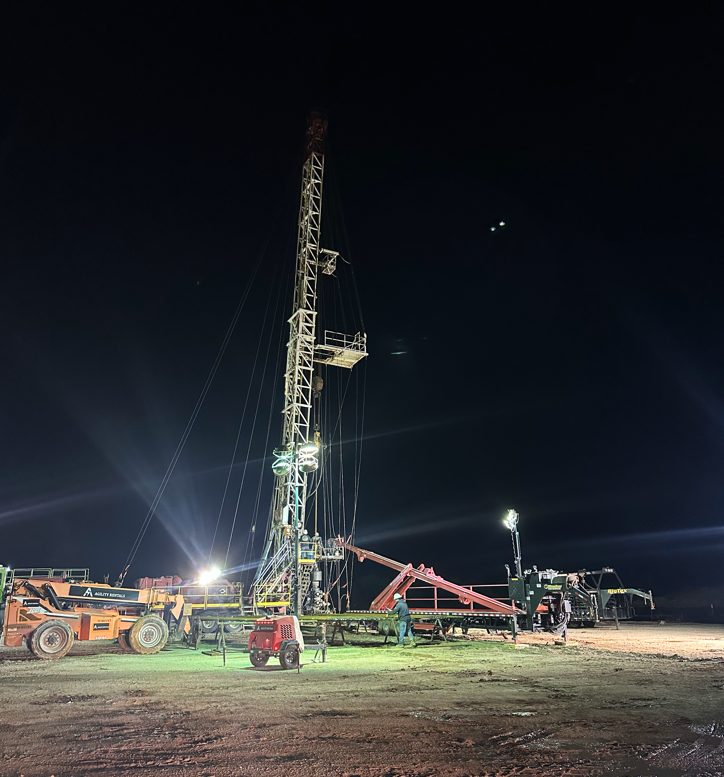Market Overview and Current Outlook
As we transition into May 2025, the oil and gas industry remains in a state of flux, marked by geopolitical tensions, trade policy shifts, and persistent commodity price volatility. U.S. oil majors like ExxonMobil and Chevron have faced pressure from narrower refining margins, rising operational costs, and the unpredictability of President Trump’s trade tariffs. With oil prices falling 17% post-tariff announcements, investors have adjusted their expectations, leading to significant losses in stock value for major players. Crude futures have experienced a sharp drop, with WTI falling to approximately $57 a barrel, while Brent crude also saw a noticeable decline.
The market dynamics remain fragile, especially as tariffs on oil imports from Canada, Mexico, and Venezuela could exacerbate supply constraints, pushing costs higher and dampening demand. Despite these challenges, U.S. shale continues to remain the backbone of global production, and the Permian Basin is expected to maintain its pivotal role in the country’s energy output.
Oil Prices and Market Impact
The volatility in oil prices has created a challenging environment for both producers and service providers. In recent weeks, WTI crude oil fell below $60 a barrel, settling at its lowest level in over four years. This price drop came after President Trump’s announcement of an aggressive trade policy, including tariffs aimed at oil-producing nations. ExxonMobil and Chevron have posted lower earnings for the first quarter of 2025, citing lower oil prices and refining margins. For service providers, the price volatility and market uncertainty demand adaptive strategies for survival.
- Current Price Outlook: Major financial institutions are forecasting an average price of $64.60 per barrel for 2025, a marked decline from earlier projections. The outlook for the second half of the year is also uncertain, with WTI and Brent forecast to hover around $64 and $70, respectively, creating a climate of continued risk.
- Refining and Supply Chain: Despite falling oil prices, refinery utilization rates have seen incremental improvements, which has provided temporary support to market stability. However, the higher tariff rates on oil imports could lead to supply bottlenecks, causing additional upward pressure on refining costs.
What Does This Mean for Oilfield Service Providers?
While the market faces continued uncertainty, service providers in the oilfield services sector must focus on strategic internal optimization and diversification within their existing capabilities. The majority of OFS companies cannot pivot to new-age service lines in the short term, especially with the market in a state of flux. Instead, the key to resilience in 2025 lies in optimizing operations, diversifying within the existing service space, and focusing on work tied to existing wells.
Key Takeaways for Oilfield Services Providers:
- Internal Optimization: In the face of market volatility, OFS providers should prioritize internal efficiency. This means investing in well maintenance, stimulation services, and real-time optimization technologies that maximize output without requiring significant capital expenditures. Streamlining operations and embracing systemic automation will ensure more predictable costs and better margins despite fluctuating oil prices.
- Diversification Within Existing Service Offerings: Instead of attempting to enter entirely new service lines like renewable energy or carbon capture, service providers should diversify within their core offerings. Focusing efforts to tailor service suites to improve well performance and efficiency, all while reducing downtime.
- Focus on Existing Wells: With oil prices expected to remain volatile through mid-2025, operators are expected to continue focusing on enhancing the productivity of existing wells rather than pursuing new drilling initiatives. For service providers, this is an opportunity to double down on services related to well enhancement, maintenance, and optimization. Maintaining and enhancing existing well assets will be critical to supporting operators through the downturn.
Opportunities Amidst Uncertainty:
- Cost-Effective Service Delivery: As operators continue to trim costs, service providers can find opportunities in providing cost-effective solutions that help operators maximize productivity while keeping expenses in check. Efficiency and technology are the keys to offering competitive solutions that meet the current market’s demand for lower costs and higher performance.
- Agility in a Changing Environment: With the geopolitical landscape and market conditions continuing to shift, agility will be essential for service providers. Being able to adapt quickly to changing conditions will help sustain profitability and competitive advantage. Whether it’s refining cost structures, leveraging technology, or maintaining strong supplier relationships, the ability to pivot effectively will define the next wave of industry leaders.
What’s Next for West Texas and the Permian Basin?
The Permian Basin remains a cornerstone of U.S. energy production. Despite the challenges presented by market volatility and geopolitical uncertainty, the region’s future remains promising, driven by technological advancements and efficiency gains.
The Delaware and Midland sub-basins are expected to remain key growth areas, with production scaling in the coming months. However, to weather the fluctuations in pricing, OFS providers must position themselves to capitalize on operational efficiencies in the maintenance and enhancement of existing well stock.
Looking Ahead: Strategy for Resilience
As we move into the latter half of 2025, market volatility and geopolitical risk will likely continue to weigh on the market. However, for service providers, the emphasis should be on internal optimization and diversification within existing service areas. Those who focus on enhancing well productivity, improving operational efficiency, and maintaining flexibility in their offerings will be the ones best positioned to thrive despite external market uncertainties.
Stay tuned as we continue to track the latest trends and provide insights into the ongoing developments within the oil and gas sector, particularly in West Texas.



